Correlation Analysis of Emotional Intelligence, Motivation,Absences
VerifiedAdded on 2023/06/12
|13
|659
|53
Homework Assignment
AI Summary
This assignment provides detailed solutions to correlation problems, focusing on hypothesis testing and the relationships between different variables. The first problem examines the correlation between emotional intelligence and aggression, finding a significant negative relationship. The second problem analyzes the correlation between intrinsic motivation and math scores, revealing a significant positive relationship. The third problem investigates the correlation between the number of absences and grades, indicating a significant negative relationship. Each solution includes the null and alternative hypotheses, level of significance, degrees of freedom, test statistic calculation, and a conclusion based on the t-statistic and critical values. Desklib provides a platform for students to access similar solved assignments and past papers.
1 out of 13

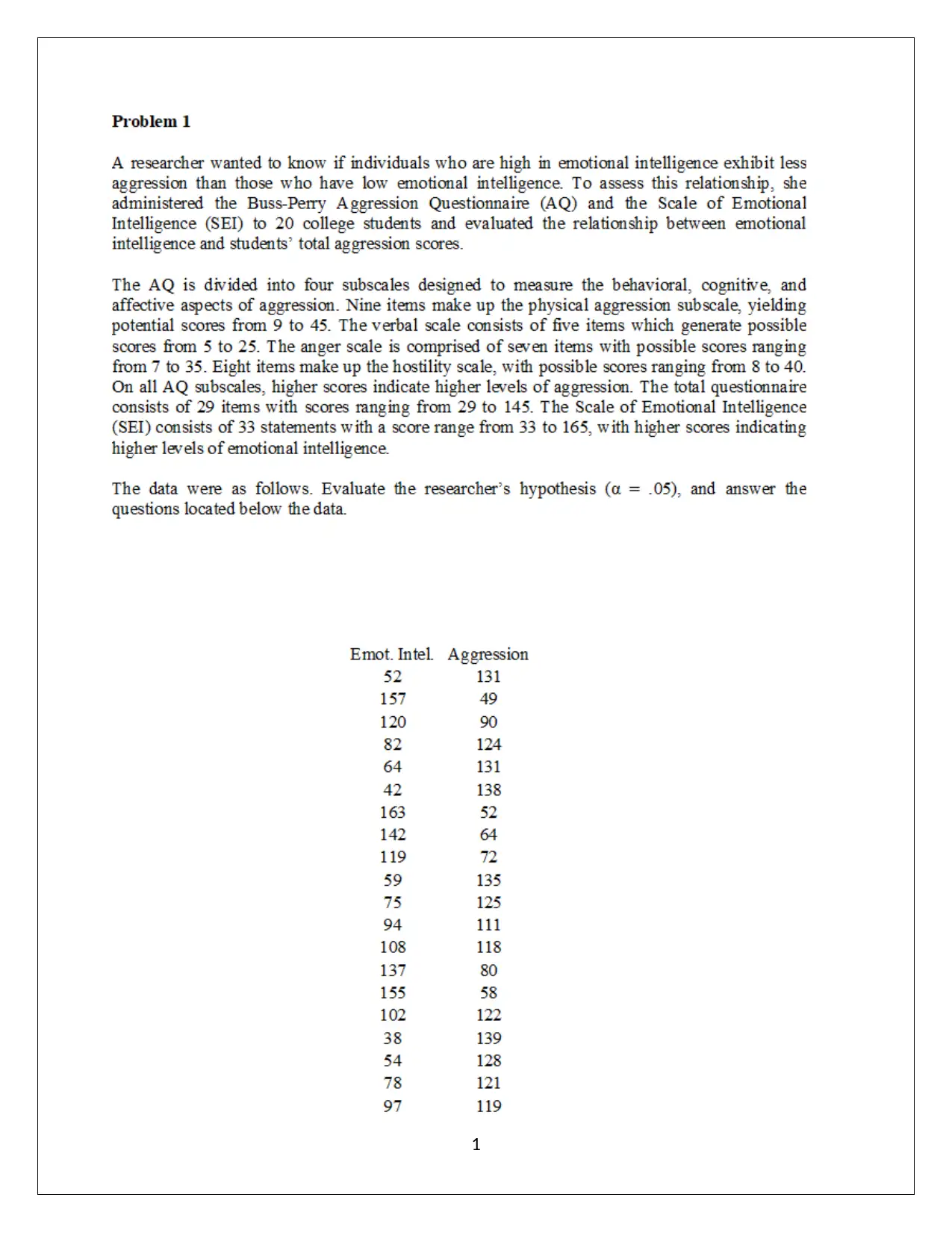
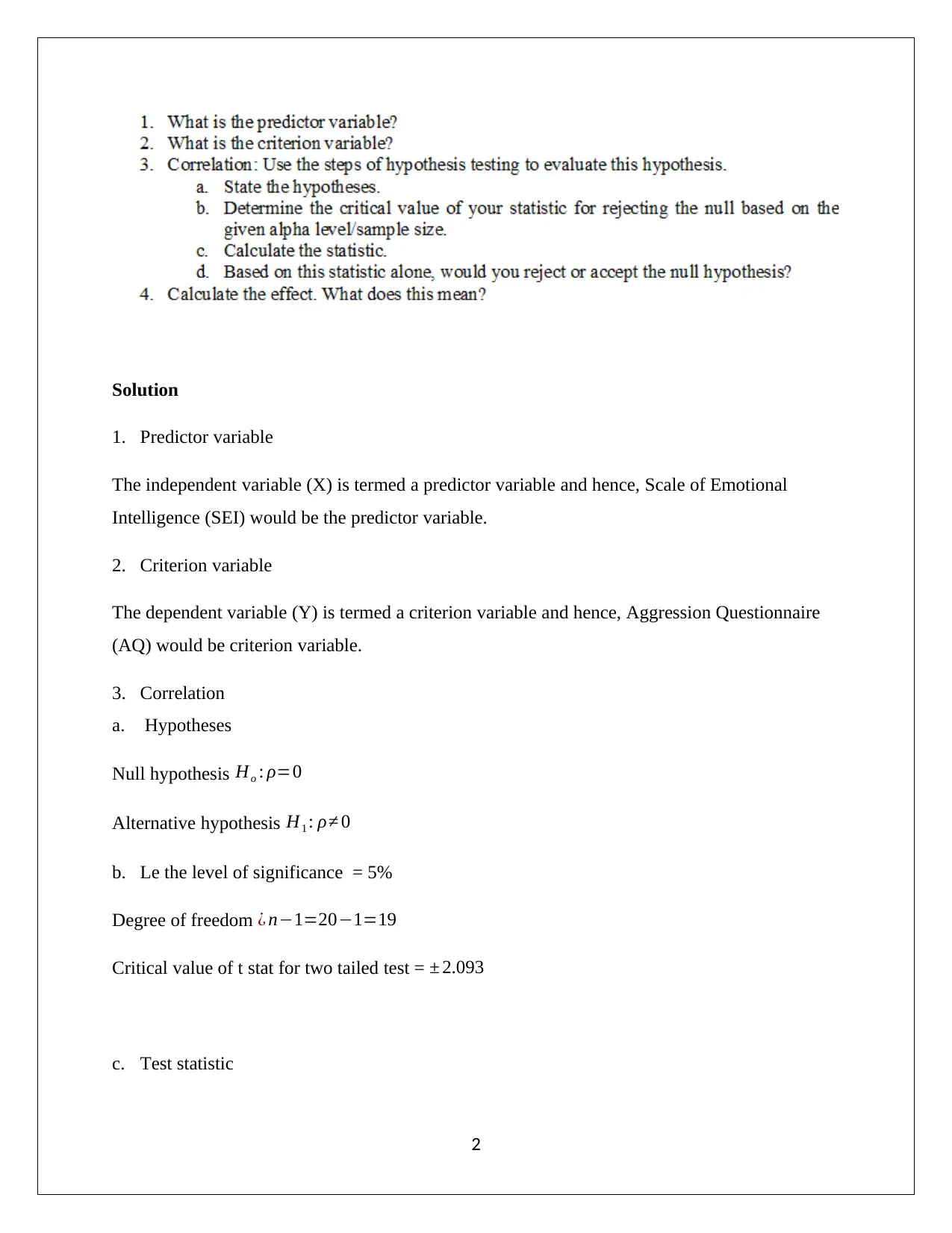

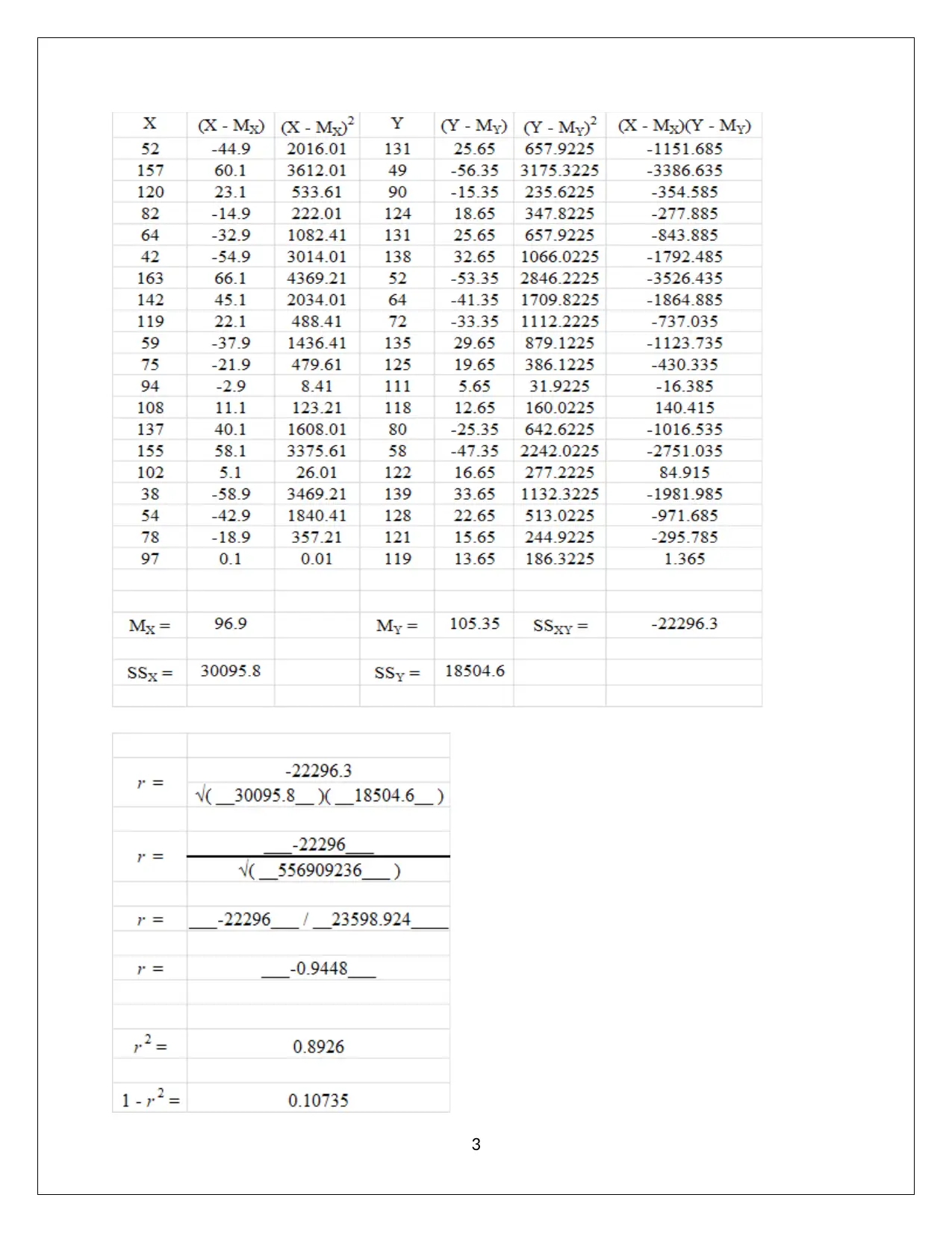
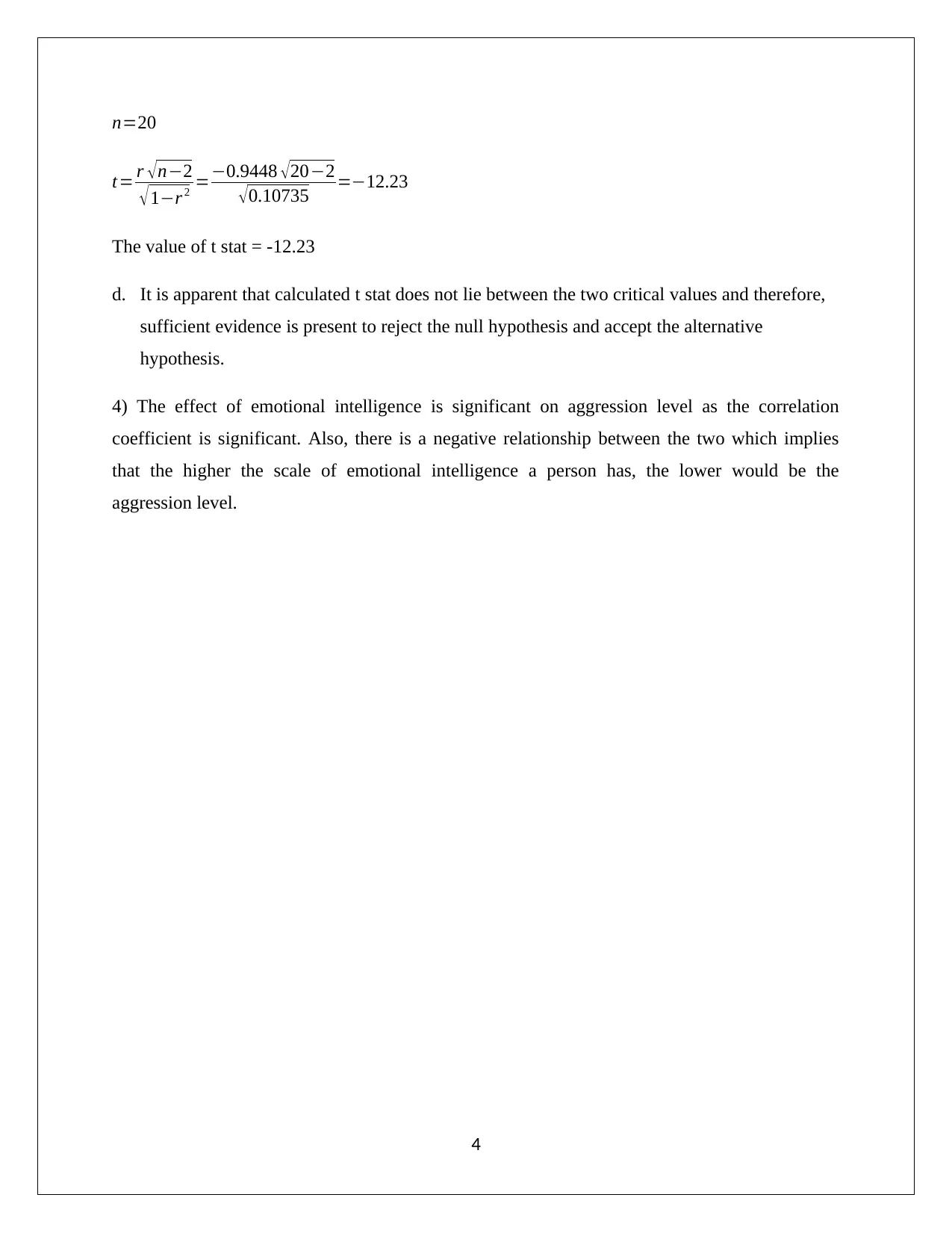
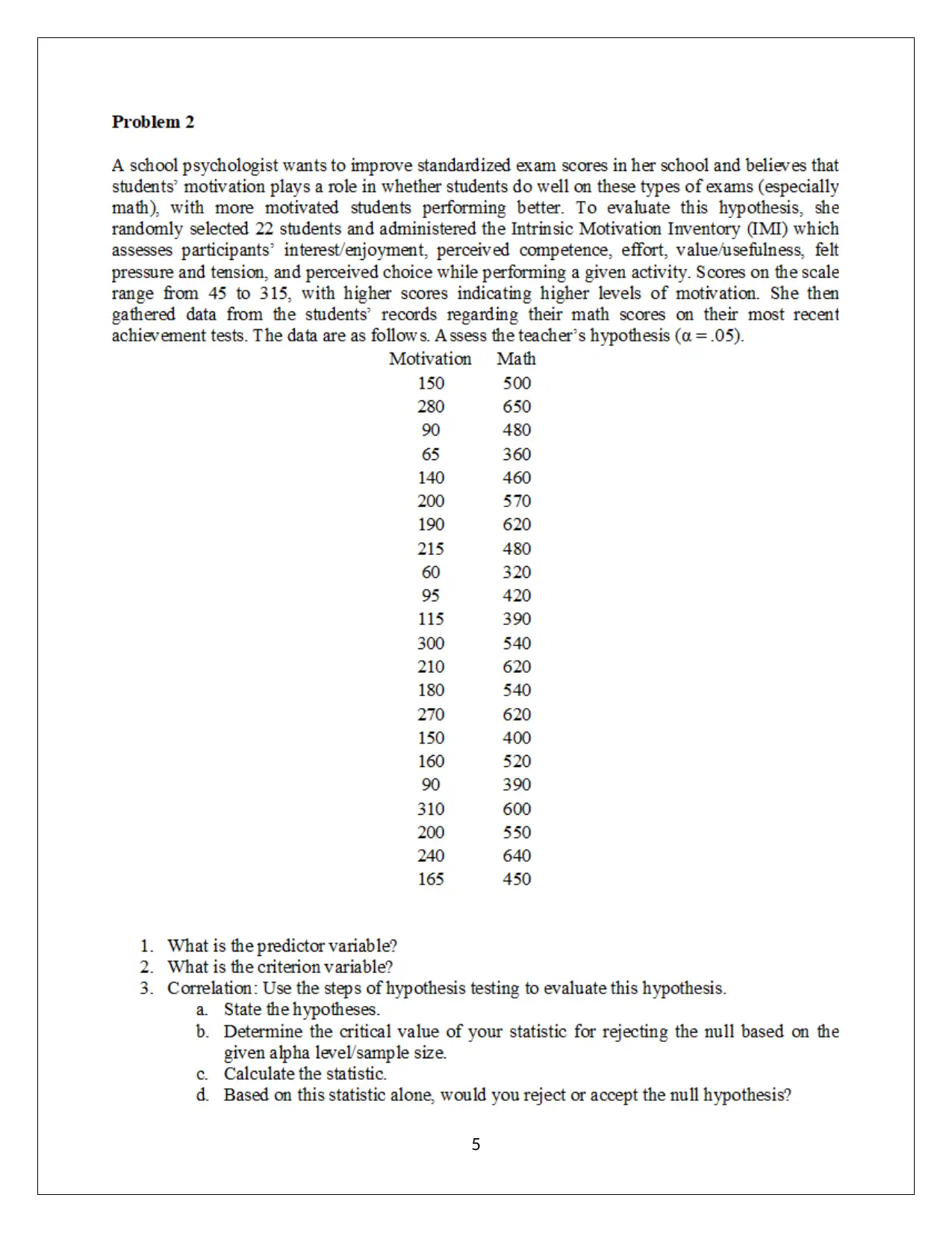
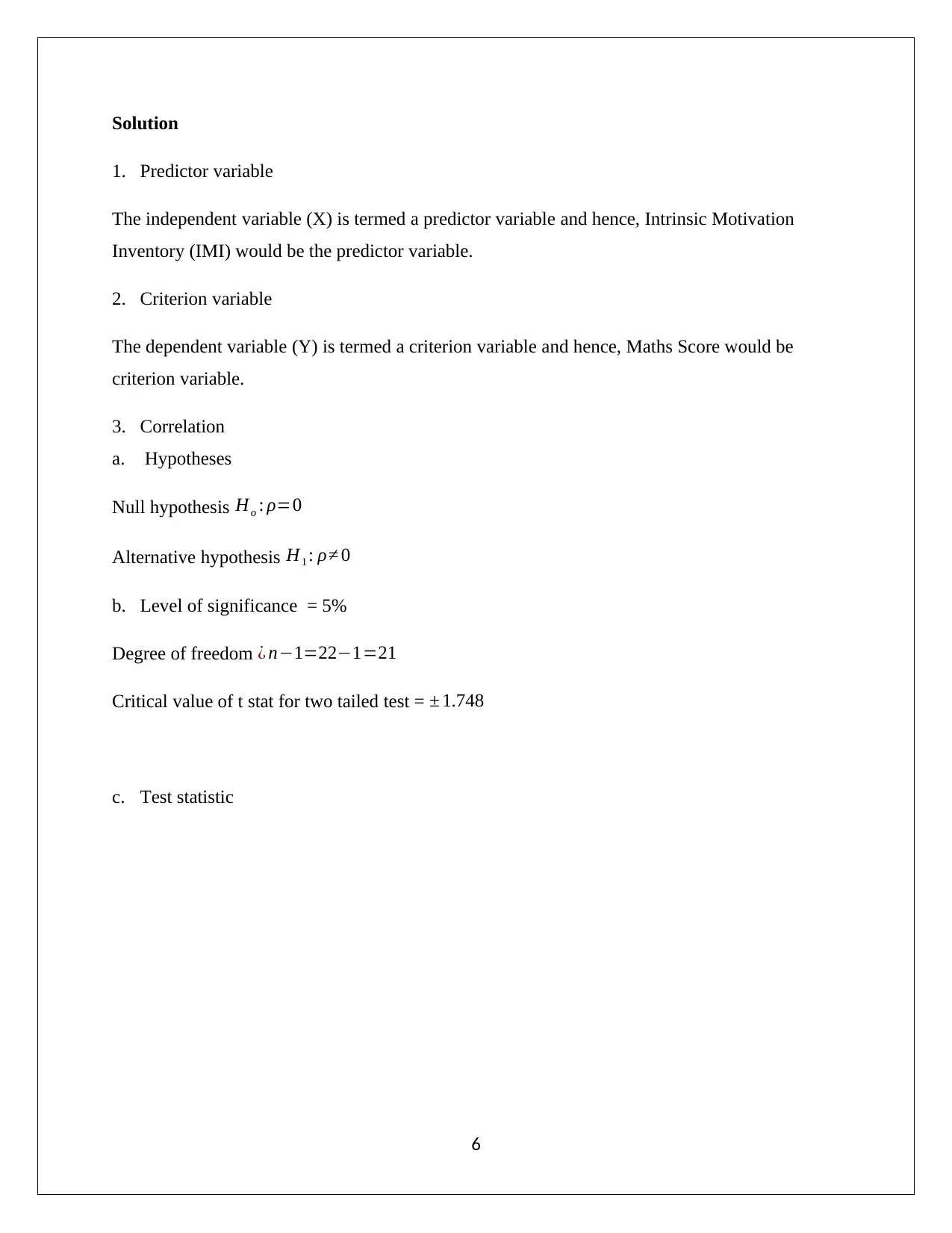
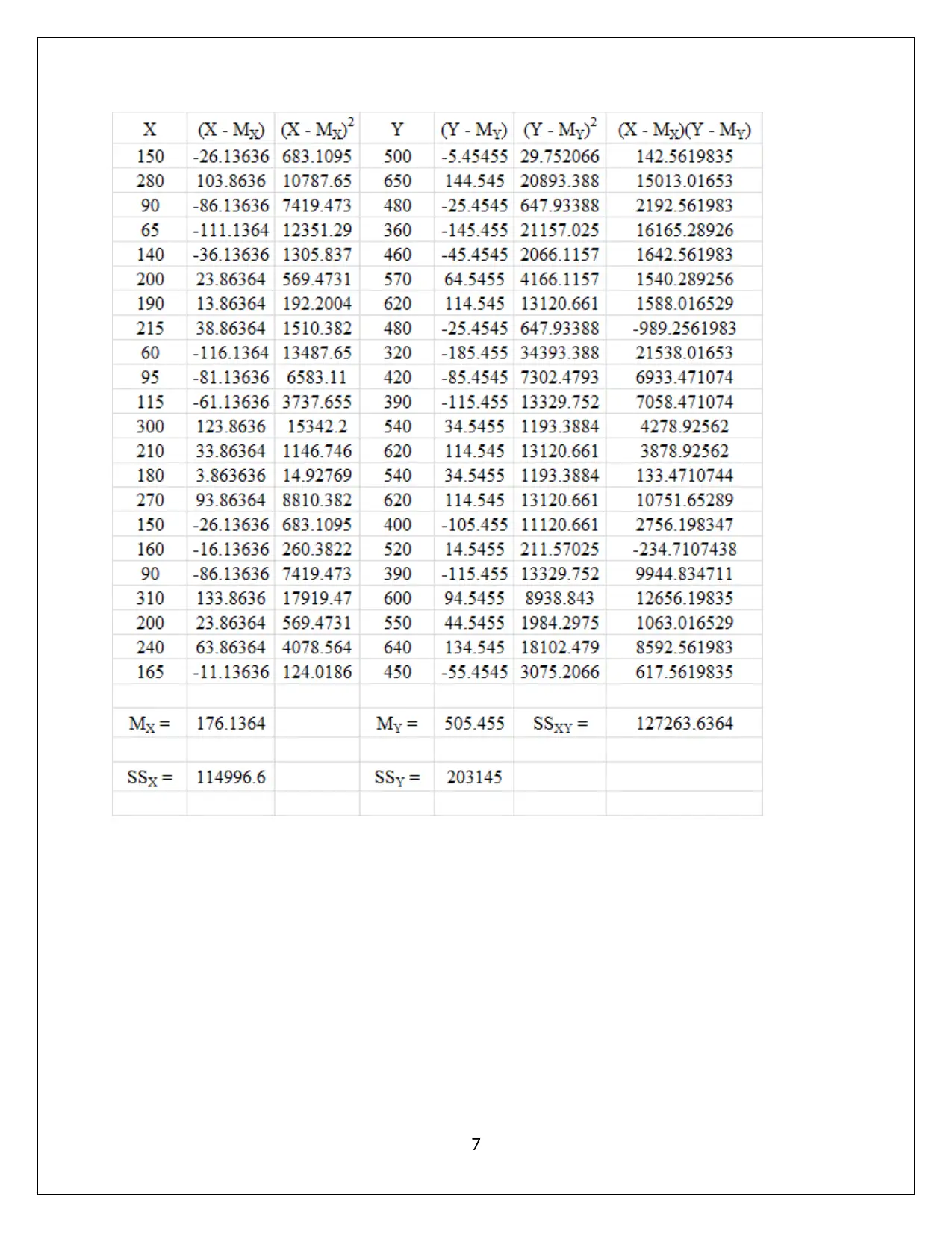


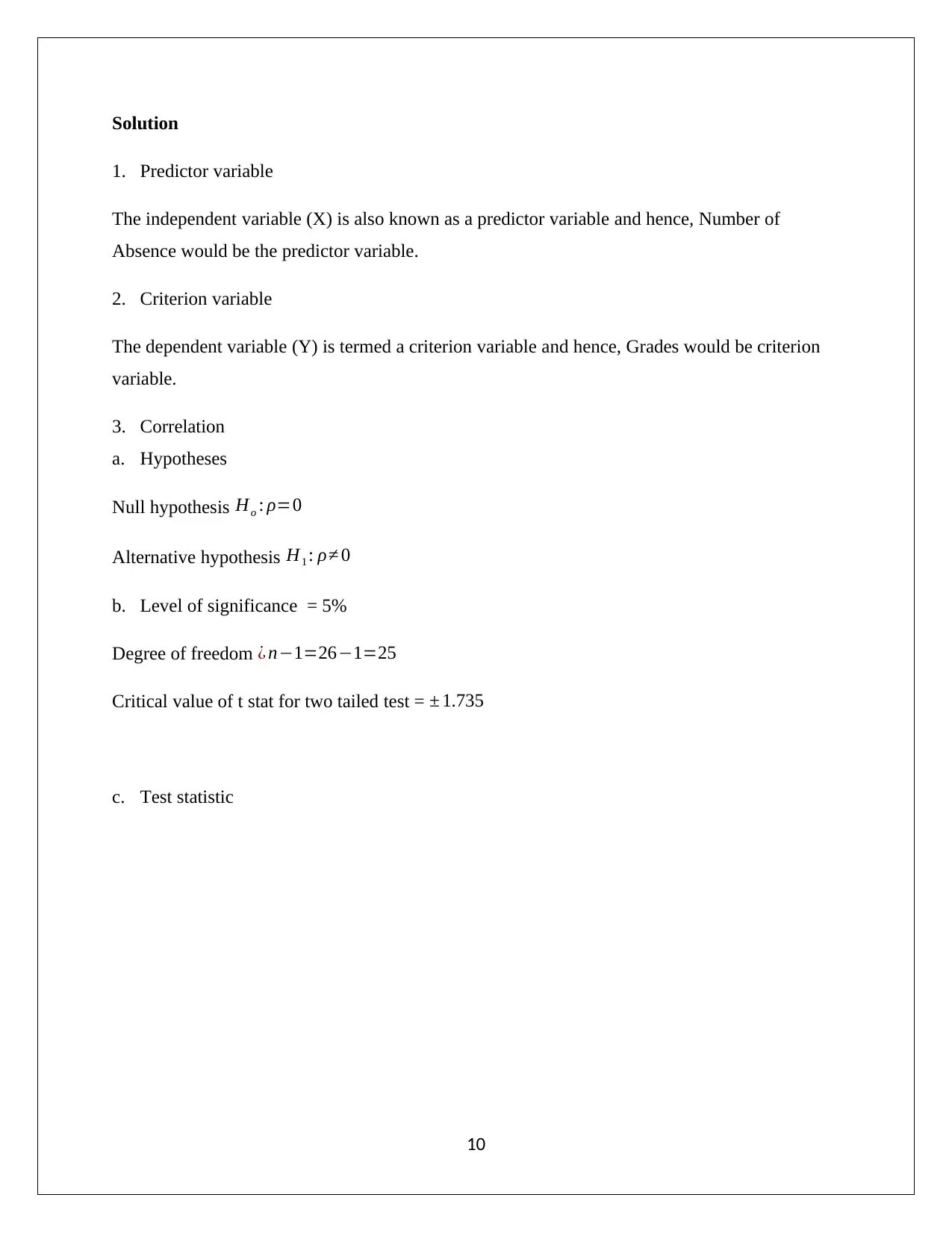
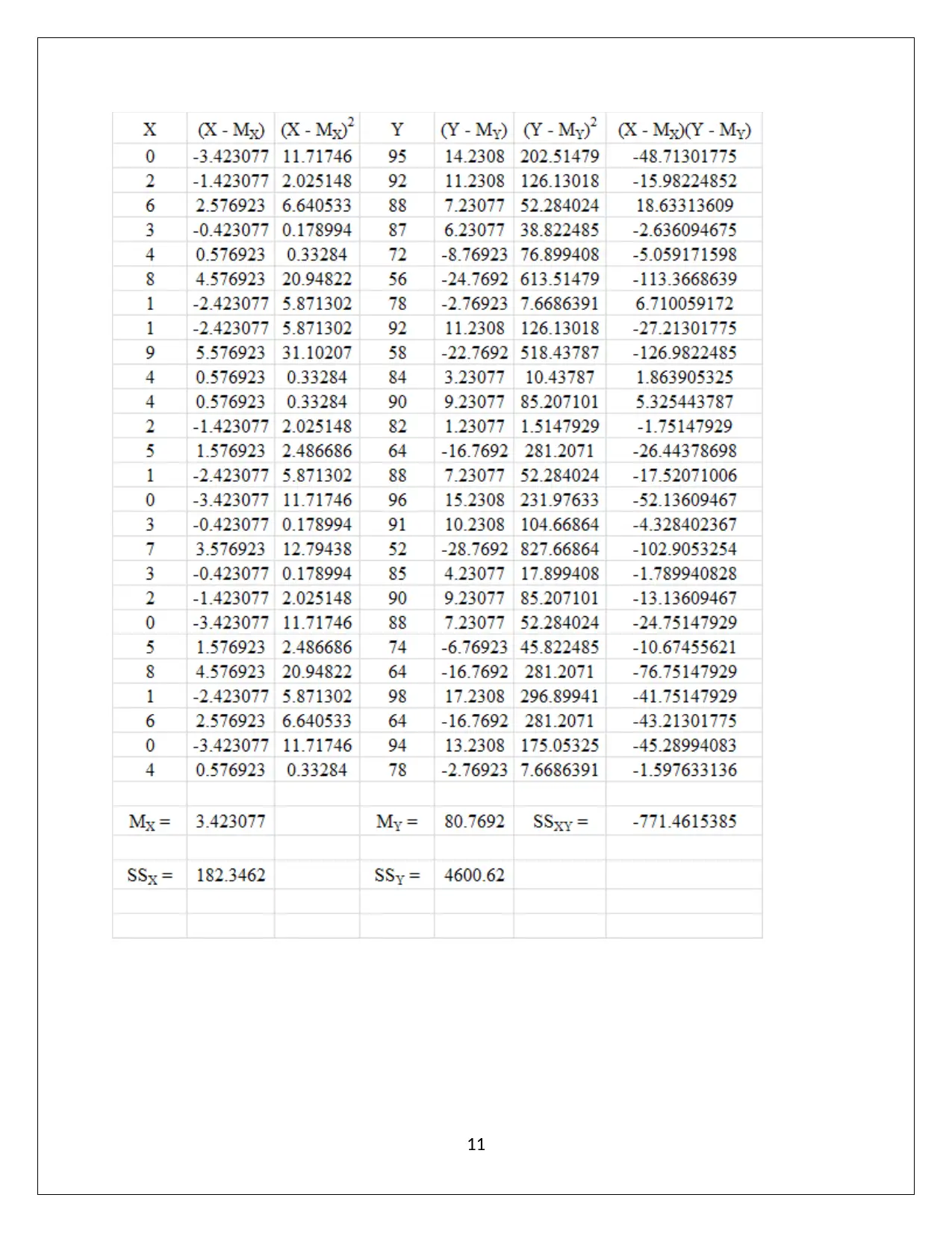






![[object Object]](/_next/static/media/star-bottom.7253800d.svg)